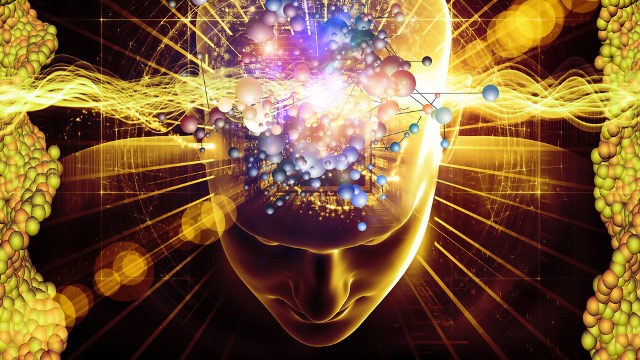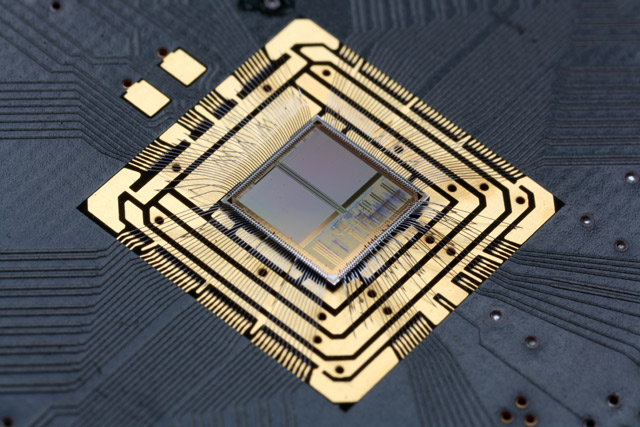Supercomputer for 1 billion euros: a simulation of the human brain

The European Commission approved the financing of the largest and most ambitious project to simulate the human brain. The Human Brain Project will unite the efforts of European scientists for 2013–2023 and is tentatively estimated at 1.19 billion euros.
Neuroscience is a science that studies the structure, functioning, development, genetics, biochemistry, physiology and pathology of the brain. Research in this area is carried out in many countries by research institutes and private companies. They generate a huge data stream. But in recent years it has become clear that it will take decades more before we can thoroughly study and document each gene, protein, cell and synapse involved in the work of such a complex aggregate as the human brain, under different conditions, different ages, under the influence of all possible pathologies (diseases). This is a great job. In fact, we are only at the very beginning. Therefore, to simplify the work of scientists, it is necessary to create a common standard model of the human brain, on the basis of which research will be conducted. It is necessary to combine into a single database that vast array of information collected so far - and move on.
The Human Brain Project is a joint project in which dozens of universities from different EU countries, as well as the USA, Israel and other countries will take part. The goal of the project is to create a single open platform for experiments with simulating the functions of the human brain, a single open framework. It will be possible to develop new computer models of emulation, and test new methods of treating diseases.
')

Goals and Objectives of the Human Brain Project
The Human Brain Project should be a standard platform for researchers. It is assumed that brain simulations will speed up experimental research by an order of magnitude. If you add to the database all the information that has already been collected as part of the experiments, in the future the model can be used to simulate other experiments.
For more details on the plans of the Human Brain Project, see the final report of the Human Brain Project for the European Commission . The first “accelerating” phase will take 2.5 years and will begin at the end of 2013, project coordination is entrusted to the Federal Polytechnic School of Lausanne (Ecole Polytechnique Fédérale de Lausanne), Switzerland.
Below are illustrations of some experiments in neuroscience from various scientific groups participating in the Human Brain Project.
1. The generated 3D model of a network of neurons, blue marked “sleeping” neurons, red - active (© EPFL / Blue Brain Project).

2. 3D model of an individual neuron (© EPFL / Blue Brain Project).

3. The work of 1000 pyramidal neurons during a computer simulation, blue marked "sleeping" neurons, red - active (© EPFL / Blue Brain Project).

4. Simulation of a complete cortical module (cortical column) - a group of neurons located in the cerebral cortex perpendicular to its surface. Within the same minicolumn neurons have the same purpose. The illustration shows 50% of all cells in the module (© EPFL / Blue Brain Project).

5. Full cortical module (© EPFL / Blue Brain Project).

6. Fluorescent photograph of the CA1 hippocampal and part of the neocortex (upper right). Cellular nuclei are marked in blue, processes in glial cells are yellow (© Academy of Sciences of Hungary).

7. A neuromorphic chip containing 384 "neurons" and 100,000 "synapses" works about 100 thousand times faster than a biological analogue. Perhaps such chips will be the basis of the future supercomputer. The chip is designed by specialists from the University of Heidelberg, Germany (© Heidelberg University).

8. Design of a neuromorphic chip (© Heidelberg University).

9. The SpiNNaker board with 48 nodes and 864 ARM processor cores is capable of real-time computing the model of the processes occurring in the bee's brain. The system is scalable, it is possible to connect together a variety of SpiNNaker boards (© University of Manchester).

Source: https://habr.com/ru/post/168087/
All Articles